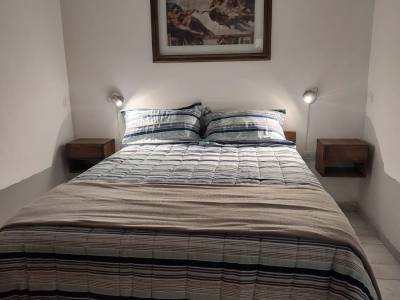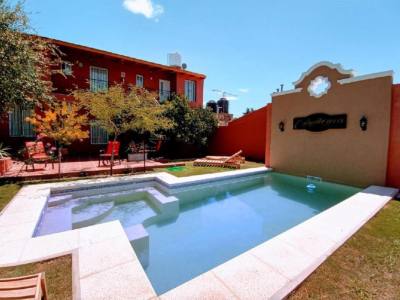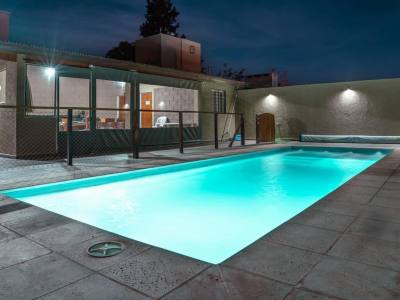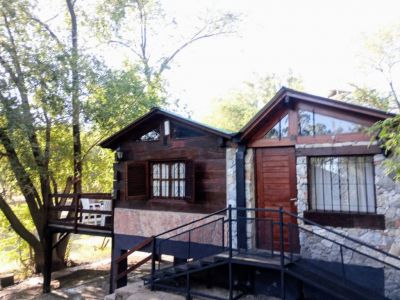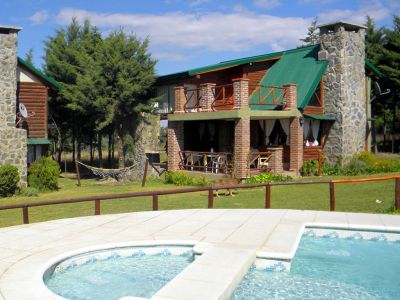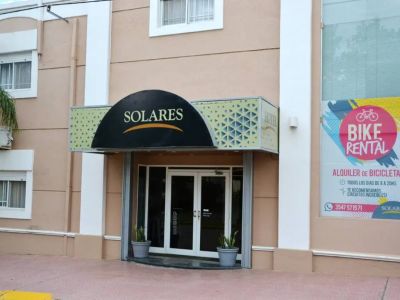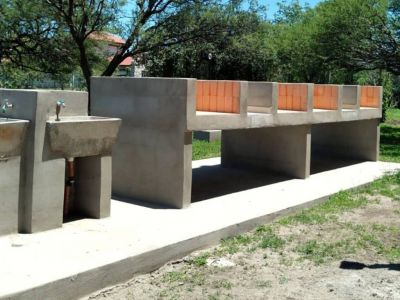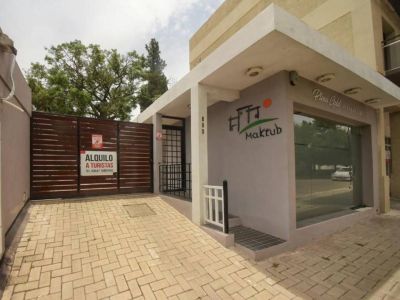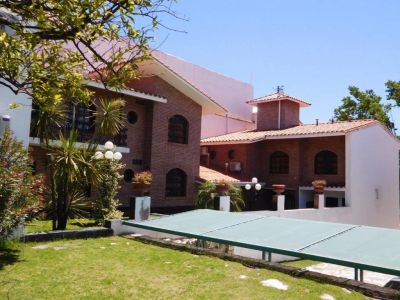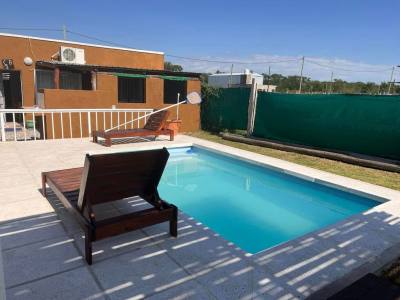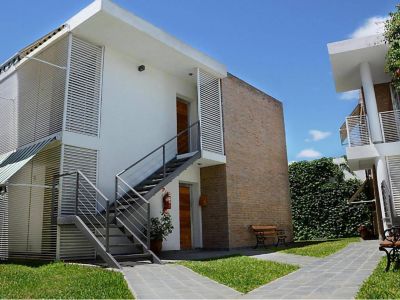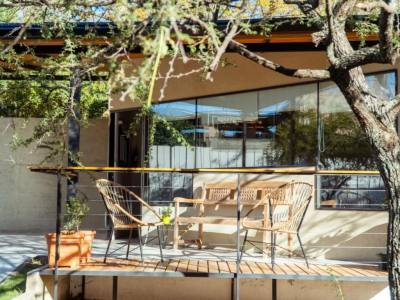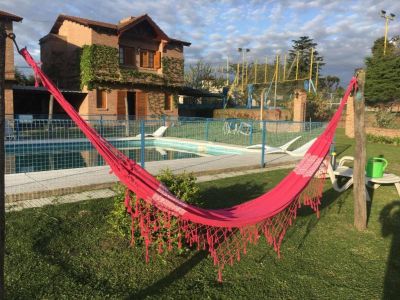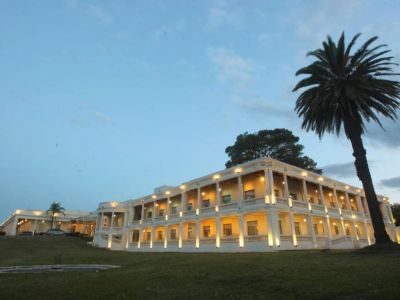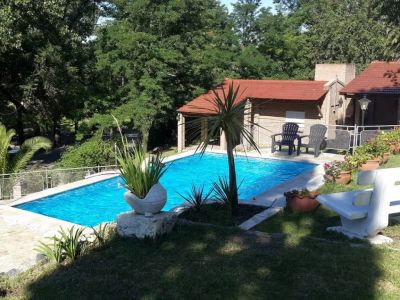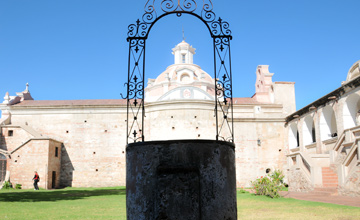Quietness rules the streets and avenues of this urban tour while its green sidewalks and gardens give away the aromas of a city with good vibes.
No sooner is Alta Gracia reached than a healthy and necessary kind of exercise is strolling down its streets. Whether on foot, by bike or car, this city offers the pleasure of its cleanliness, its neatness and always famous fresh air.
We visited the museum at the Jesuit estancia and crossed Manuel Solares Square in order to start walking. On the ground, we found a drawing that represents Chicantoltina Creek and the Jesuit past: estancia and church, settlement, lime kiln and dam, elements that make up the heart of town.
We left behind the original buildings of the estancia and the church and watched the attractive Public Clock, built for the 350th anniversary of Alta Gracia. Its four faces reflect different periods of this town: the native, the Spanish, the missionary and the gaucho.
We approached the dam known as Tajamar, which today is part of a very popular swim resort thanks to its generous tree grove. In Jesuit times, its lime and stone wall with a system of floodgates contained the water of creeks, which was stored and used to irrigate crops.
We perceived a city with airs of mountain rural scene and plenty of activities. It has well-defined areas known as el Alto (Upper) and el Bajo (Lower). We went up Sarmiento Street towards el Alto following the winding steep streets that cross one another at different levels. We found a statue of Father Domingo Viera riding a donkey as a tribute to the gaucho priest.
The emblematic Sierras Hotel is nestled on a hill and features a vast and neat lawn. Inaugurated in 1907, it used to welcome wealthy families from Buenos Aires who wished to rest and heal their respiratory tracts.
A Visionary of Tourism
It was Guillermo Franchini who had the hotel built in a classic Italian style with colonial touches, whose columns, staircases and pergolas provided architectural poise. We went around its roofed galleries imagining former times, when both adults and children enjoyed the gardens and the swimming-pool taking advantage of the dry pure local climate.
In the neighborhood called Carlos Pellegrini, also started by Franchini, we found the house museum that pays tribute to Americanist leader Ernesto Che Guevara. His family lived there for several years while Ernestito recovered from his asthma.
Heading for the golf course, we reached Manuel de Falla Museum, a delightful grand house where this Spanish composer spent his last days. A little bit farther ahead, we visited García Lorca Recreational Park.
We drove to the outskirts and got to Lourdes' Grotto. This is a very popular site for prayer among the faithful and it has become well-known because an apparition of the Virgin is said to have taken place there in 2011. Its sanctuary contains a replica of Our Lady of Lourdes in France and mass is celebrated in the open air, under huge trees.
We made a stop in the waterfront area to dive into the creek where the tree grove protected us from the strong summer heat. The volume of water is larger in January and February, when it rains more often.
We also saw the old main railway station, a reference point in the neighborhood known as el Bajo, today turned into a beautiful park with a railway museum.
Alta Gracia has much more to see both during the day and at night, when its streets, its main buildings and tours are lit up. We rescued these spots during a memorable afternoon.
Mónica Pons
Eduardo Epifanio







